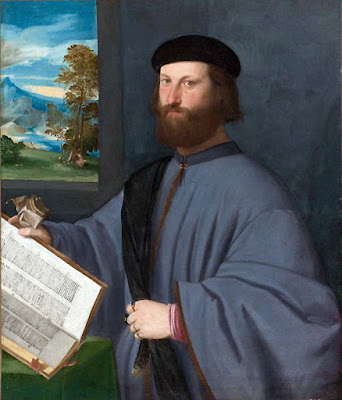 |
| Bonifazio Veronese Portrait of a Young Nobleman ca. 1530 oil on canvas Hermitage, Saint Petersburg |
 |
| Bonifazio Veronese Angelica and Medoro (scene from Orlando Furioso by Ludovico Ariosto) before 1553 oil on panel private collection |
 |
| Bonifazio Veronese Mucius Scaevola before Lars Porsena before 1553 oil on panel Museo del Settecento Veneziano, Ca' Rezzonico, Venice |
 |
| Bonifazio Veronese Lot and his Daughters ca. 1545 oil on canvas Chrysler Museum of Art, Norfolk Virginia |
 |
| Bonifazio Veronese The Finding of Moses ca. 1540-45 oil on panel Palazzo Pitti, Florence |
 |
| Bonifazio Veronese The Finding of Moses (detail) ca. 1540-45 oil on panel Palazzo Pitti, Florence |
 |
| Bonifazio Veronese The Finding of Moses (detail) ca. 1540-45 oil on panel Palazzo Pitti, Florence |
 |
| Bonifazio Veronese The Finding of Moses (detail) ca. 1540-45 oil on panel Palazzo Pitti, Florence |
 |
| Bonifazio Veronese St Michael Archangel vanquishing Lucifer ca. 1530 oil on canvas Basilica dei Santi Giovanni e Paolo, Venice |
 |
| Bonifazio Veronese Holy Family with Saints ca. 1535 oil on panel Musée du Louvre |
 |
| Bonifazio Veronese Christ and the Woman taken in Adultery before 1553 oil on canvas National Museum, Warsaw |
 |
| Bonifazio Veronese Sacra Conversazione before 1553 oil on canvas Pinacoteca Egidio Martini, Ca' Rezzonico, Venice |
 |
| Bonifazio Veronese Virgin and Child with St Catherine, St John the Baptist, St Anthony Abbot and St Dorothy ca. 1528 oil on canvas Hermitage, Saint Petersburg |
 |
| Bonifazio Veronese The Rich Man and Lazarus ca. 1540 oil on canvas Gallerie dell'Accademia, Venice |
 |
| Bonifazio Veronese Portrait of a Nobleman ca. 1530 oil on canvas private collection |
"Bonifazio was by more than a decade the older painter, born c. 1487 in Verona; yet we have no information of him until 1528, when a document reveals his presence in Venice. But he must have been in the city for some years before, and the best assumption we can make about his long anonymity is that it was spent in the shop of another painter. From the appearance that the earliest certain works by Bonifazio (of c. 1528 or shortly after) present, the shop must have been Palma's. . . . It may be that Bonifazio actually inherited Palma's shop and patronage, and in this practical sense, as well as by long training, was disposed to extend his style. . . . It is not only a matter of accommodation to conservative patrons' taste but his own disposition that prizes narrative and descriptive efficiency to that point where Bonifazio may often make effects of style second to effects of legibility and imitative truth."
– S.J. Freedberg, Painting in Italy 1500-1600 in the Pelican History of Art series (1970)